Over the course of his 40-year career, iconoclastic Canadian designer Bruce Mau has helped expand the perception of what design could do. He utilizes his ideas to reimagine everything from museum exhibitions, corporations, cities, to entire countries.
While that might seem like the resume of someone who belongs on a perch out of reach of average mortals, one of the most interesting aspects of this reverential, yet insightful documentary is how approachable Mau is. From the start, he’s genial and disarming, casually swinging a big Slinky around like a yo-yo. How unique a worldview he has—and how optimistic it is too—becomes clear once he starts talking to directors Benji and Jono Bergmann.
One of the first things Mau says is that nearly the entirety of our daily lives has been designed. That’s a good thing, he argues, in light of all the present-day problems of the world related to overpopulation and sustainability; if mankind manufactured the mess we are in, it can design the way out. He also doesn’t put on airs. The moment you have any kind of goal in mind, he says, you too have become a designer.
It isn’t long, however, before the film starts to delve into one of Mau’s key contradictions, which his spouse and co-collaborator Bisi Williams is quick to point out: He seems so happy despite some undeniable trauma in his past. The darkest chapters include growing up in the wilderness near the far reaches of Ontario, where an alcoholic, frequently violent father raised him.
The film retraces Mau’s path from art school dropout to big-name corporate design firms to what proved to be his breakthrough: collaborating with Rem Koolhaas on the 1995 architectural tome S,M,L,XL. He eventually launched his own firm and branched out into opportunities beyond the printed word, a meteoric rise that appropriately coincides with the most celebratory section of the film, a montage in which praise is heaped onto him by no less than architectural luminary (and fellow designer) Frank Gehry.
Yet this period is also the last in which Mau’s career is on the ascent. The film’s middle section focuses on some of the more noteworthy, and possibly notorious, projects he and his firm took on. How creatively satisfying they ended up being is debatable. Much of that has to do with a recurring theme in his life: that he is too much of an outsider, too resistant to being pigeonholed or categorized. Whether the prospective assignment was redesigning Mecca or helping the Guatemalan government re-brand its image both at home and abroad, what ultimately hurt Mau was nationalistic voices viewing him as too alien to trust him.
As a result, it’s as if we spend the film waiting to see his veneer of optimism inevitably crack. In the sentimental third act, Mau has legitimate reasons to quit attempting to use design as a means of solving the world’s problems. It’s a moment in which giving in to bitterness would be understandable, but his response is the kind of inspiring movie moment that requires soaring orchestra music in the background, which the filmmakers provide.
This might have seemed a bit much earlier on, but at this point, it actually feels well-earned. Whether one ultimately agrees with so many of the interviewees that Bruce Mau is some kind of visionary, it’s hard to walk away from the film without respecting him for his work, and maybe as a person.







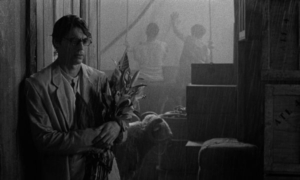
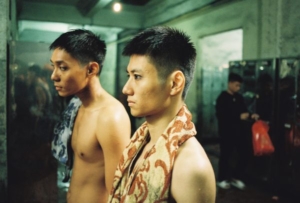
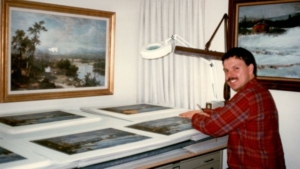
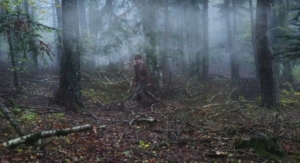
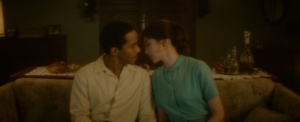

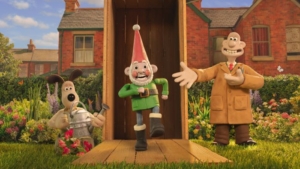

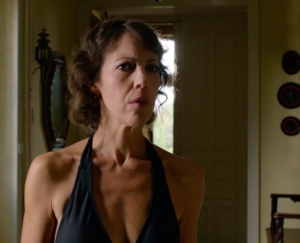
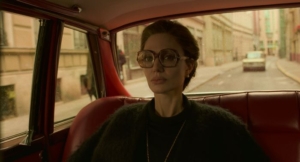
Leave A Comment